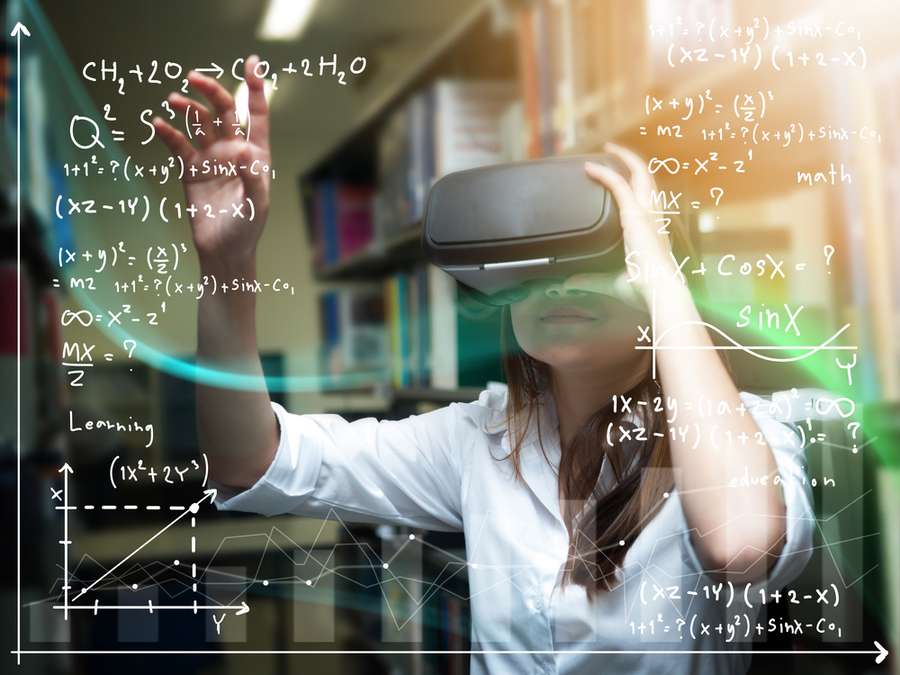
We’re all being pulled in a multiplicity of directions with endless social media updates, email notifications, web pop-ups and advertisements. A constant stream of information means that learning needs to be able to capture our attention, and keep it.
We’re in an age of immersive engagement ― an age of immersive learning.
An immersive environment is a self-contained artificial or simulated environment that feels and mimics real life. And when learners are truly immersed, they often forget that they are participating in an artificial construct. It’s the feeling when you look at your clock after a few minutes and realize that actually… hours have gone by. That’s immersion. It’s giving yourself over entirely to an experience, relinquishing control and losing yourself to a constructed reality.
These type of immersive environments offer learners not only rich content-based experiences, but also soft skills such as problem-solving, communication skills and teamwork. Engagement tends to be higher within immersive environments that are filled with visual and rich content. These include virtual reality, augmented reality, artificial intelligence simulations, training simulations, web-based video games, multi-user virtual environments, and massive multiplayer online games. The list goes on.
Some immersive learning modules and programs can provide a realistic environment which is highly interactive virtually and physically. Learning is more relatable, tangible and durable. It enables the learner to practice the skills of the real world in a safe environment where learners can experience rich feedback without facing real-world consequences. Learners can also establish an emotional connection with a learning experience or event because immersive learning can be uncannily realistic and highly engaging.
Studies show that the way that learners are drawn into an experience should be inviting, and even enticing. Have you ever clicked on a link in your social media feed because you just had to? It’s that pull, that need to find out more. Learning should be integrated seamlessly into the fabric of your workflow right when you need it, a natural and intuitive resource for enhancing your performance.
Immersive learning gives off an illusion. An illusion that people don’t even notice they’re “learning,” because they’re so deeply immersed in the experience as a natural part of their day.

